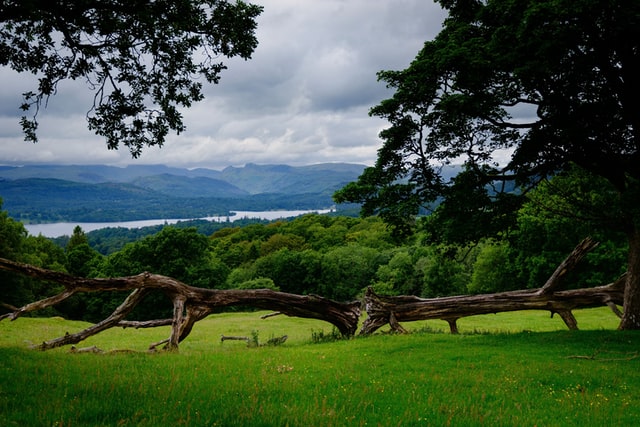When and why should a tree be felled?
Cutting down a tree always hurts your heart. When in doubt, ask the right questions: Is slaughter inevitable? When should you proceed?
Why cut down a tree?
The tree is misplaced
Too often trees are planted in the wrong place because we do not think about their adult size. It is difficult to imagine at the time of planting that a small shoot could one day exceed twenty, thirty, or even forty meters in height and a wingspan of several tens of meters as well. So if the shoot in question has been planted between two houses, near a building or a terrace, the situation can become complicated. The tree can be the source of an unwanted shadow zone, its roots can endanger foundations, lift masonry elements, or tarmac.
The tree poses security problems
Safety issues can also be linked to the wrong location of a tree, which has been planted too close to a house or public infrastructure. Slaughter can then be demanded by a neighbor or a municipality. It can also be a tree that has not been a problem until then and that has been damaged or even partially uprooted during a gale or storm. The threat of a fall then requires you to take the lead and cut down the tree.
For health reasons
The tree is affected by a disease, a fungus, or a parasite and no means of control will save it. It represents a danger in the medium term because it will be increasingly fragile and risk falling out of control. Mostly, it can transmit the disease or parasite to surrounding trees. For the health of other trees, it is therefore best to cut down the affected tree as soon as possible.
To preserve other trees
In a garden or a park where several trees were come together, it often happens that one tree is much more vigorous than the others. Without intervention, it will gain the advantage and develop faster than its congeners until gradually depriving them of light, water and vital elements of the soil. If you wish to prevent this evolution, there is only one solution: to kill the conqueror.
The right time to fell a tree
An operation to be carried out during the winter
Felling deciduous trees should be done on a windless day in late fall or winter because the absence of leaves:
- ensures better visibility
- facilitates climbing
- decreases the grip of the tree in the wind
In addition, the wood contains less water during this period and is therefore lighter. Once on the ground and debited, it will be easier to handle. The drying time will also be less important.
For conifers and all evergreen trees, felling can be carried out at any time of the year.
To anticipate
It is important to observe the trees in your garden in order to better anticipate. Identify those that could be problematic one day to cut them down as soon as possible. The longer you wait, the larger the tree in question will take on significant proportions, and the more complicated, technical, expensive, and dangerous the felling will be.
Maintaining a mature garden is the constant work that requires attention and effort. It is also a job that requires making choices in order to best care for your trees. It is therefore sometimes necessary to cut down a tree, for various reasons: it is sick, it hinders the growth of other trees, it disturbs the neighborhood or even poses a danger to power lines.
Here at Remedy Tree Removal Service, we help you maintain and care for your garden
Contact us today: (510) 229-456
Please read our next article “What to do if a tree damages your property“

